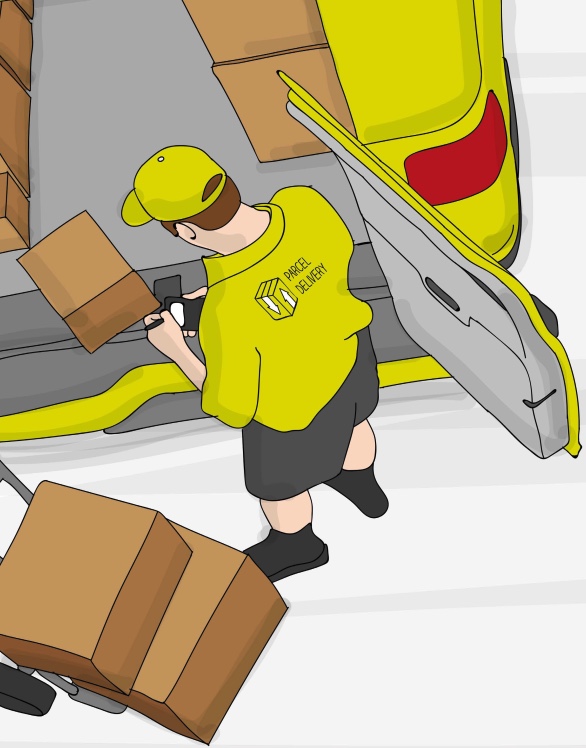
Parcel delivery – The Future of last mile
In September 2016 a study was taken on the future of last mile by Mckinsey. Let us look at how good they were in predicting the future
1 A growing group of consumers desires faster home delivery, yet most remain highly
price sensitive 100% correct – we now see demand in 30 minutes from order placement to delivery, but still require this premium for a competitive price.
1.1 Same-day or instant delivery will grow to 20 to 25 percent of X2C volume Actually it is closer to 75%
1.2 For the majority of consumers, price remains the key decision criterion True and likely to be the downfall or challenge to the gig economy
1.3 Customers want direct delivery to their home or office True but pretty obvious.
2 Get ready for a world where autonomous vehicles deliver 80 percent of parcels Has not really took off but there are plenty of start ups backed by global heavyweights who see this as a major growth.
2.1 AGVs with parcel lockers will dominate regular parcel delivery as well as time window and same-day delivery in urban areas Not happened but the infrastructure is in place. What is required is a change to planning and culture within local authorities.
2.2 Drones will deliver all time-window and same-day items in rural areas Not true. Drones are developed but with recent security issues, there will be a lot of legislation to go through, before this becomes the norm.
2.3 If droids do not become significantly cheaper, bike couriers are likely to be the
best delivery form for instant delivery in urban areas True and in place today.
2.4 Traditional delivery is still unmatched for high-drop-factor B2B and e-grocery delivery The biggest opportunity for micro mobility is here and Hail will be one of the companies challenging this.
2.5 Crowdsourcing will only play a minor role in the future of the last mile At the time of reviewing Uber are abandoning crowdsourcing and it will only be a matter of time before Deliveroo do the same.
3 This vision will become reality within the next five years Not quite….
3.1 Opportunity cost determine the adaptation in developed countries Very true.
3.2 Regulation will need to change Absolutely especially with e-scooters being inevitable.
3.3 Public acceptance has already started to shift In a massive way since the Pandemic.


Summary and conclusion
In the main the report from 2016 has got it right with a few exceptions. The key shake up in this expanding market will be humans and how they are treated (employed v self employed) and the public themselves.
Mckinsey focused on cost but also missed one massive influence which is the environment. Growth of micro mobility vehicles powered by electric will be the biggest influencer behind all of these.
